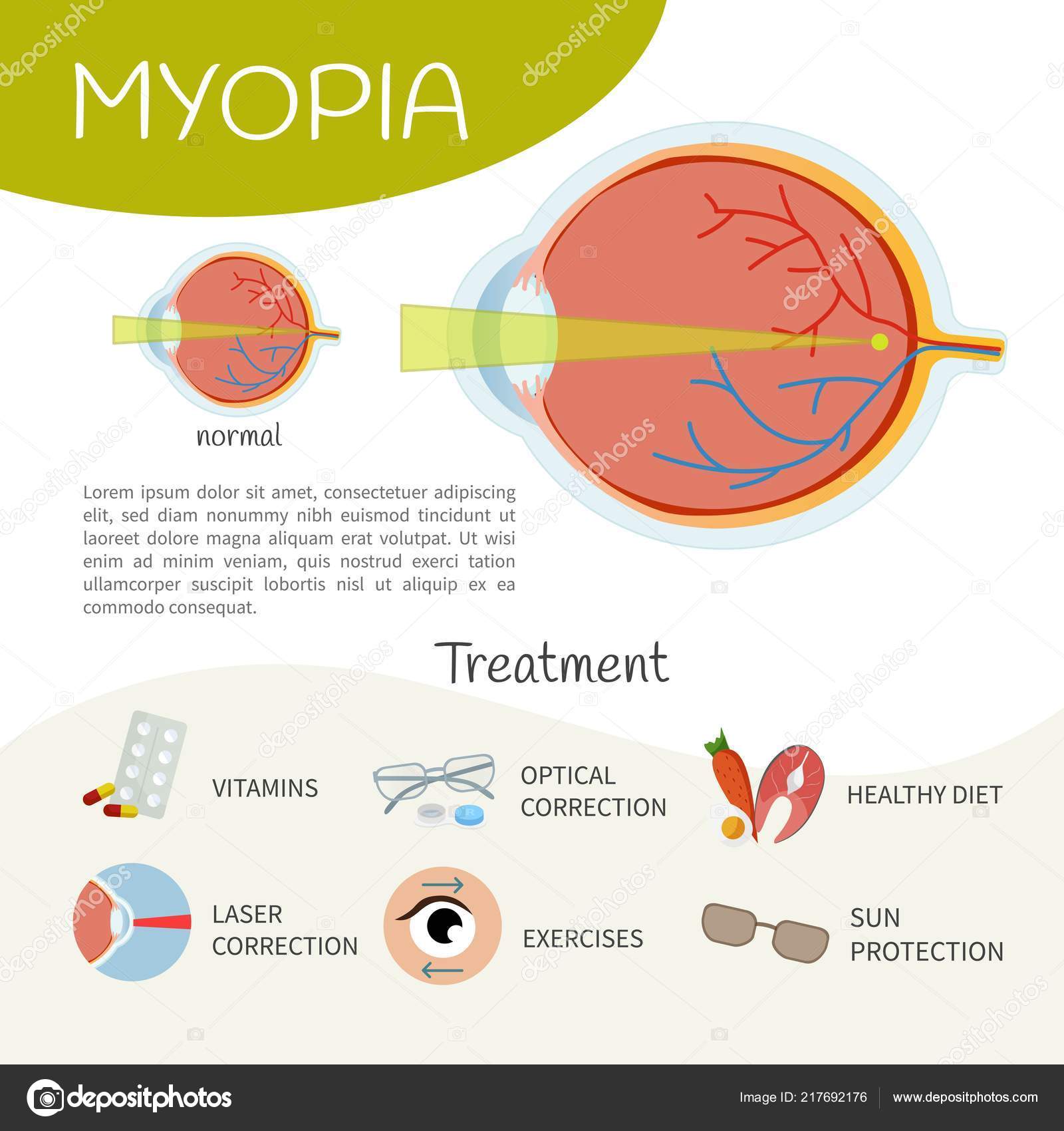Reviewing Cataract Surgical Procedure? Examine The Distinctions Between Standard And Laser Treatments To Highlight The Critical Components That Will Form Your Vision
Reviewing Cataract Surgical Procedure? Examine The Distinctions Between Standard And Laser Treatments To Highlight The Critical Components That Will Form Your Vision
Blog Article
Web Content Author-Langballe Andreassen
When considering the option between traditional cataract surgical procedure and laser-assisted methods, you might find yourself weighing the advantages and drawbacks each approach provides. The decision goes beyond the surface degree of expense and accuracy, diving right into the realm of long-term outcomes and individual satisfaction. As you navigate with the complexities of these two techniques, it comes to be crucial to understand the nuanced information that can substantially impact your visual clarity and general experience. Keep tuned to discover the critical factors that will direct your decision-making process in this vital aspect of eye treatment.
Standard Cataract Surgical Treatment Benefits And Drawbacks
When considering typical cataract surgical treatment, you might discover that it's a well-established and widely-used strategy. In this procedure, a cosmetic surgeon makes a small incision in the eye and makes use of ultrasound to separate the cloudy lens before removing it. As soon as the cataract is gotten rid of, a synthetic lens is inserted to bring back clear vision.
Among the primary advantages of typical cataract surgery is its track record of success. Lots of individuals have actually had their vision dramatically enhanced through this treatment. Additionally, traditional surgical procedure is often covered by insurance policy, making it an extra obtainable choice for many individuals.
However, there are some disadvantages to standard cataract surgery also. Recovery time can be much longer contrasted to more recent techniques, and there's a somewhat greater risk of problems such as infection or inflammation. Some patients may additionally experience astigmatism or need reading glasses post-surgery.
Laser-Assisted Techniques Advantages And Disadvantages
Discovering laser-assisted techniques for cataract surgery introduces a modern-day strategy that utilizes laser modern technology to perform vital action in the procedure. Among the main benefits of laser-assisted cataract surgery is its precision. The laser allows for exceptionally exact lacerations, which can result in much better aesthetic end results. Furthermore, the use of lasers can minimize the amount of ultrasound energy needed throughout the surgical procedure, possibly lowering the threat of issues such as corneal damages.
On the downside, laser-assisted techniques can be extra costly compared to conventional approaches. This price mightn't be covered by insurance, making it less obtainable to some individuals.
https://collegian.com/2019/04/editorial-pros-and-cons-of-each-ascsu-presidential-campaign/ to consider is that not all cataract doctors are trained in laser technology, which might restrict your options for choosing a cosmetic surgeon.
Last but not least, while the laser can automate certain aspects of the procedure, the surgical treatment still calls for a skilled doctor to make sure effective results.
Comparative Analysis of Both Techniques
For a thorough understanding of cataract surgical procedure techniques, it's important to conduct a comparative analysis of both traditional and laser-assisted methods.
Typical cataract surgical treatment entails hands-on lacerations and the use of handheld tools to break up and remove the gloomy lens.
On the other hand, laser-assisted cataract surgical procedure uses advanced modern technology to develop specific lacerations and separate the cataract with laser energy before removing it.
In regards to accuracy, laser-assisted strategies offer a higher degree of precision contrasted to traditional techniques. The use of lasers enables personalization of the treatment based on each patient's eye composition, possibly bring about better aesthetic outcomes.
Nevertheless, laser-assisted cataract surgical procedure often tends to be much more pricey than traditional surgical procedure, which might restrict access for some clients.
While both methods work in restoring vision impaired by cataracts, the selection between typical and laser-assisted strategies usually relies on variables such as cost, accuracy, and specific patient demands.
Consulting with your eye doctor can help identify the most suitable strategy for your cataract surgery.
Conclusion
To conclude, when determining in between typical cataract surgical procedure and laser-assisted techniques, consider variables like expense, precision, and individual needs. Traditional surgical treatment supplies a proven record and insurance protection however may come with longer recuperation times. Laser-assisted methods provide higher precision and personalization however can be extra pricey and not always covered by insurance coverage. Eventually, the option between the two methods relies on what is crucial to you and your particular scenario.
